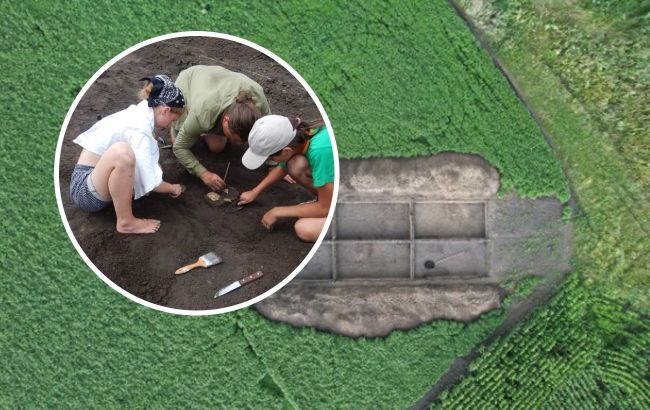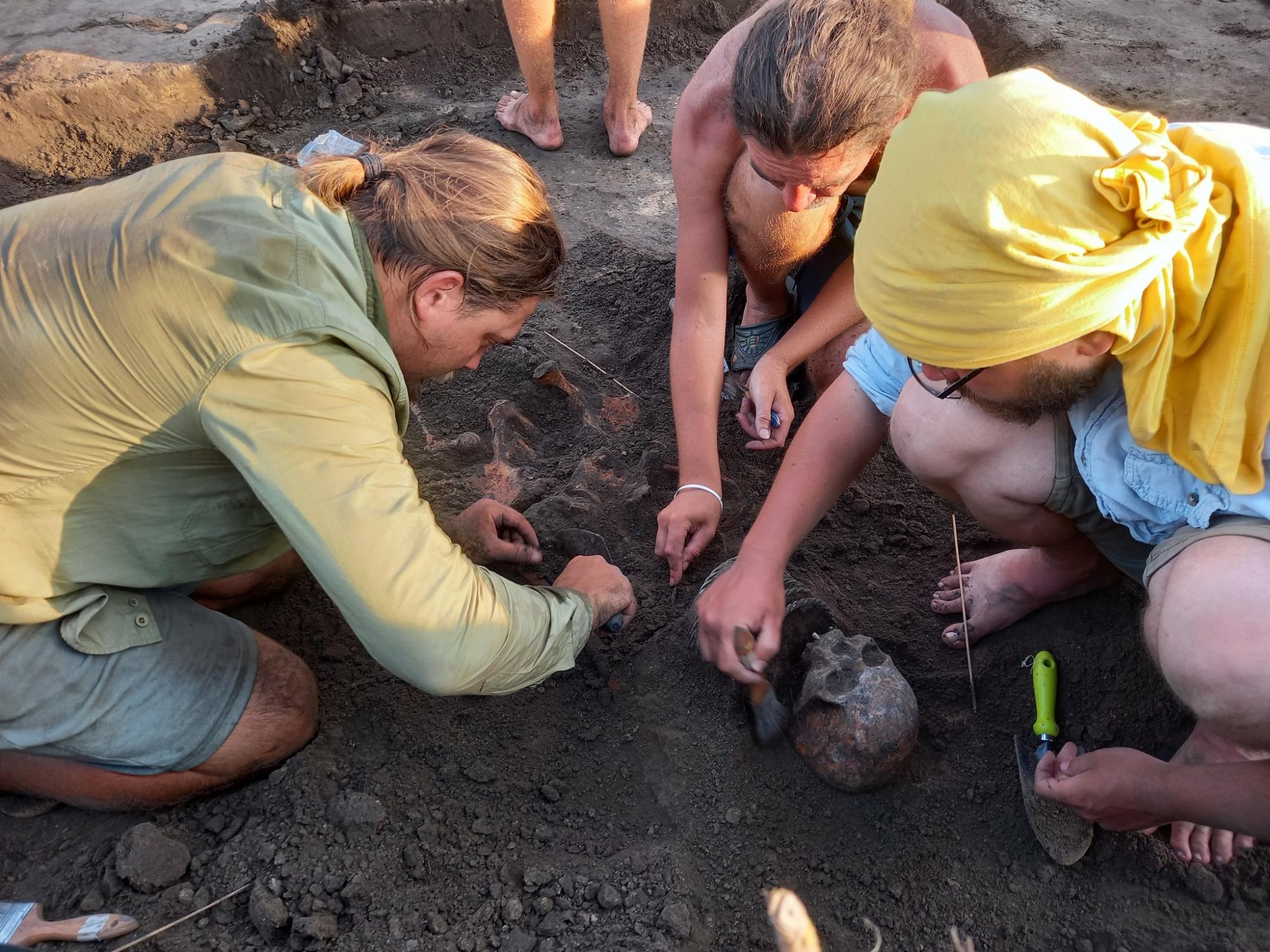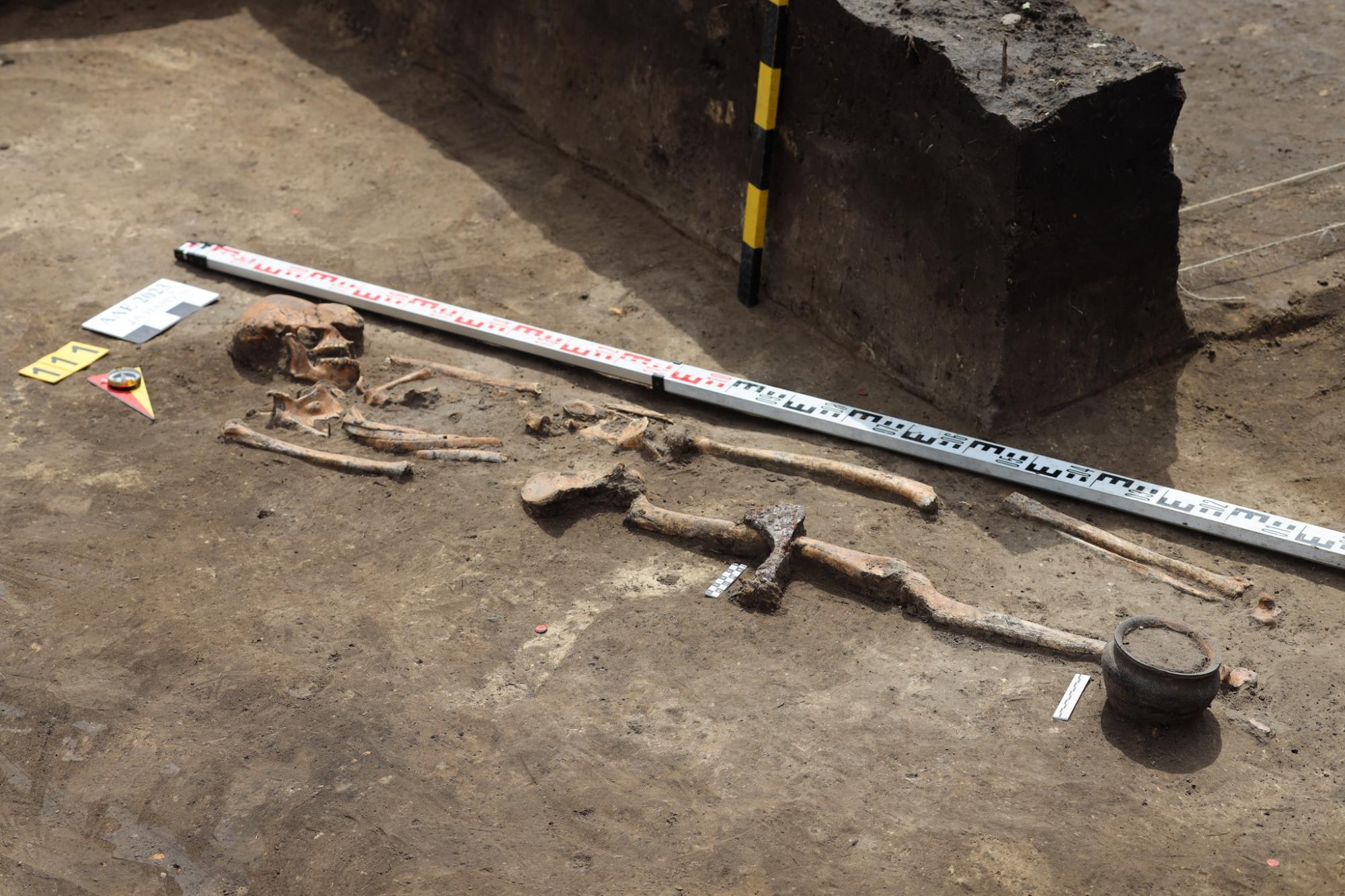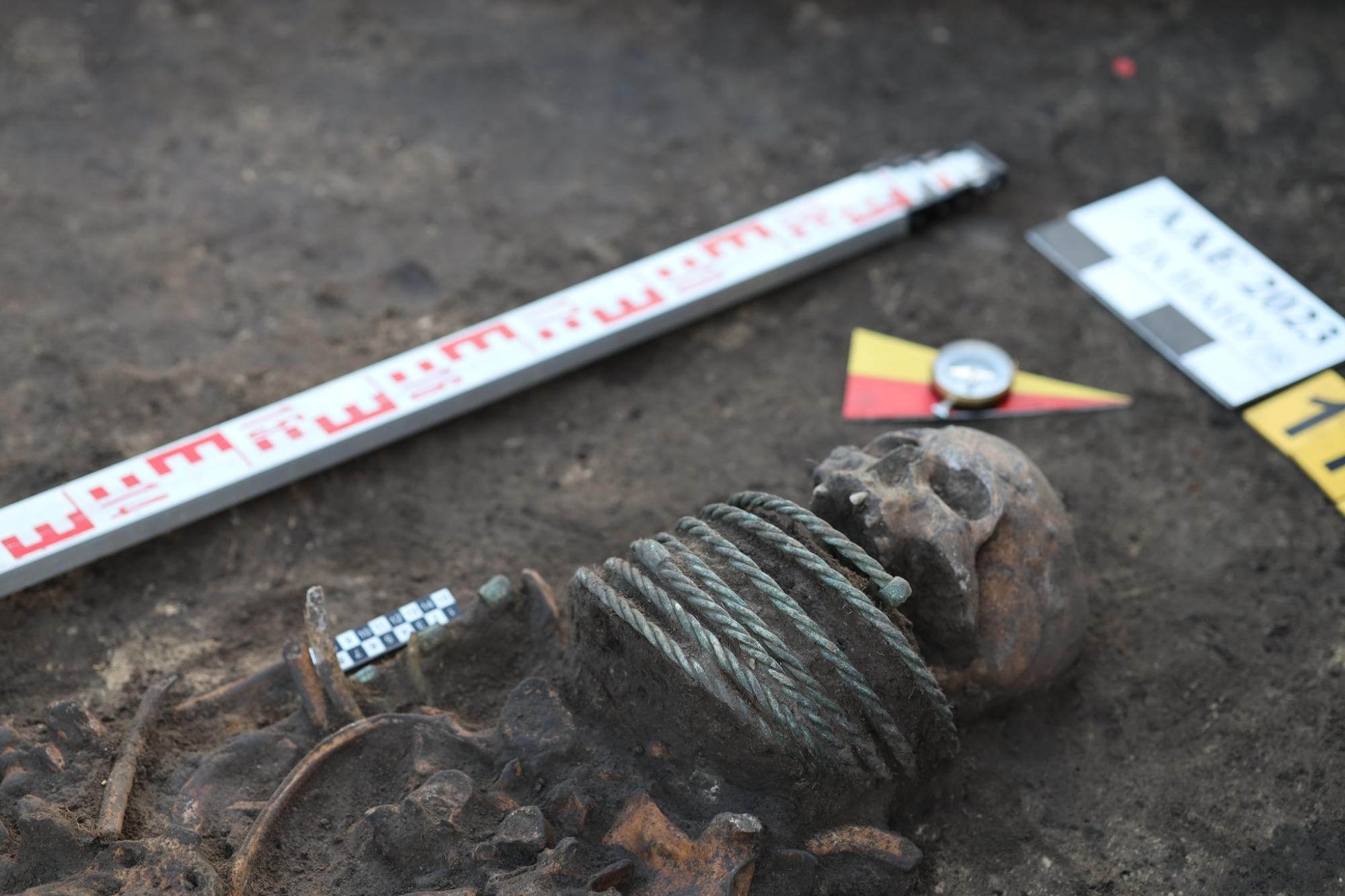Archaeologists discovered unique burial complexes, artifacts of 3-11 centuries near Kyiv
 What makes the archaeologists' discoveries unique? (collage: Styler)
What makes the archaeologists' discoveries unique? (collage: Styler)
Archaeologists have unearthed artifacts dating from the 3 to the 11 centuries during excavations of a burial site in the Rokytnianskyi district, on the right bank of the Ros River in the Kyiv region. Among the findings are 12 medieval burial complexes and over 20 objects from various time periods, reports the National Academy of Sciences of Ukraine.
What did archaeologists find
This summer, scientists continued their exploration of the archaeological complex "Ostriv Sukholisy." Excavations were carried out at the site of a unique burial ground left by a group of Western Baltic migrants from the 11 century.
Located at this site are settlement sites from the Early Slavic and Late Roman periods, as well as from the Early Iron Age and Bronze Age. On the opposite side of the Ros River, there is an ancient Russian settlement and an open settlement from the 11-13 and 17-19 centuries in the area of Starí Sukholisy.
This summer marked the seventh field season of excavations, dedicated to studying the northeastern and central parts of the site. Researchers excavated an area of 300 square meters.
However, since the site's territory is used for agriculture, this has had an extremely negative impact on the preservation of burial complexes. Some of the burials have been damaged by plowing and looted.
Over the course of two months, scientists uncovered 12 medieval burial complexes and more than 20 various artifacts (primarily from the Chernyakhiv culture of the 3-5 centuries).

Scientists excavated an area of 300 square meters during their research (photo: NAS of Ukraine)
What makes the burial complexes unique
Archaeologists discovered the remains of several burial complexes (5 complexes) in the form of decaying wood fragments and decay. In three complexes, iron nails were found, which were used to fasten coffin lids.
In one of the burials, in addition to the remains of the burial structure, a semi-circle of charred wood was found, oriented with its long axis in the same direction as the deceased. There were also items related to the transition of the Baltic enclave from paganism to Christianity.
The burial principles in the cemeteries varied. All the deceased were laid with their heads pointing in different directions. Five burials belonged to adult men, two to women, and five to children.
In the graves of men, elements of weaponry were found: in three complexes, iron axes with a lowered blade, two side flanges, and an elongated cutout were discovered. This type was the most common in Eastern Europe in the 11-13 centuries.


The burials vary significantly from one another (photo: NAS of Ukraine)
An interesting find was an ancient Russian pottery jar from the first half of the 11 century. Such a discovery has been made for the first time in a burial site. Separate fragments and remains of similar vessels have been found in the cultural layer of the site since 2019, likely indicating specific memorial rituals.

Such a jar was found for the first time in a memorial pit (photo: NAS of Ukraine)
However, the most remarkable discovery is considered to be the inventory from female burials, according to archaeologists.
"This season, the sixth coiled neck ring of the 'Totenkrone' type (translated from German as 'death crown') has been discovered. Similar items likely had not only economic but also some sacred significance. Perhaps they should be interpreted as dowries given to young women by parents who held a significant economic and social status in the Prussian and Jatvingian societies," explain the scientists.
They note that women's graves also contained elements of clothing and adornments. Specifically, a small buckle with spiral-shaped endings, a bronze chain, bells, various glass beads, bronze pins and spirals, a bracelet with zoomorphic endings, and an engraved ring were found.


The discovered female burial (photo: NAS of Ukraine)
For the first time, a trapezoid-shaped pendant made of a thin bronze sheet covered with a layer of white metal was discovered. There were also household items found, such as a comb made from Ovruch slate. In one burial, an iron knife was enclosed in a wooden case with bronze structural elements. In another, near the feet of the deceased, the remains of a wooden bucket were found, including oxidized fragmented iron hoops and handles," say archaeologists.
All materials from the female burials are dated to the 11 century.


The female burials are dated to the 11 century (photo: NAS of Ukraine)

